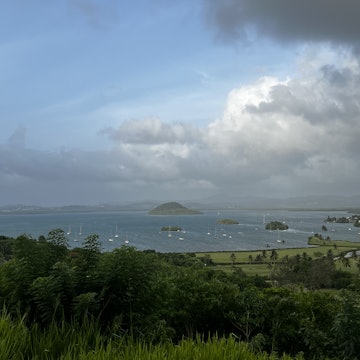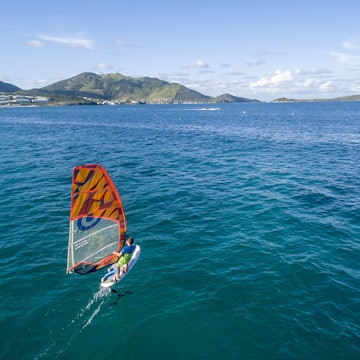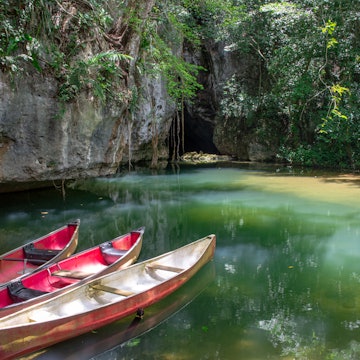

June is the perfect time to head to Cape Cod. Trisha Fay/Shutterstock
When the halfway point of the year hits, it’s the perfect time to be out on your next adventure. Sitting pretty just outside of soaring peak-season prices, June’s sunny summer days in the northern hemisphere are ideal for exploration. In the southern hemisphere, June brings the dry season and incredible opportunities to embrace nature.
Want to find the perfect destination for your mid-year break? Here are the best places to go in June.

1. Bazaruto Archipelago, Mozambique
Best for diving and snorkeling
Are these the most beautiful tropical islands on Earth? While the Bazaruto Archipelago faces stiff competition from other Indian Ocean destinations (and Mozambique’s own Quirimbas Archipelago), when you wriggle your toes into the silky sand on a glorious June morning (the start of the dry season) or gaze through your mask at impossibly colorful reef fish, they could stake a fair claim.
Much of this chain of five islands off Mozambique’s southeastern coast is protected as a national park, conserving dolphins, dugongs, sea turtles, and around 2000 fish species. Oh, and Nile crocodiles – but perhaps you’re not so keen to see those. This is a paradise for divers, but also for anyone seeking a truly barefoot beach holiday.

2. Bora Bora, French Polynesia
Best for tropical relaxation
Blue, turquoise, azure, teal, indigo… not enough words exist to describe the hues of the Pacific Ocean around French Polynesia on a clear, calm, sunny day. And there are plenty of those in June, the start of the driest season, when the main island of Bora Bora and its motu (ringing islands) bask in temperatures of around 25–30°C (77–86°F). This is the stuff of movies, with luxurious resorts perched over the crystal waters, shaded by swaying palms – and you need to be a film star to afford the prices at the very top hotels and resorts, though more modest accommodations can be found. As if the scenery wasn’t paradisiacal enough, the snorkeling and diving, over coral gardens and with sharks and rays, is spectacular.

3. Byron Bay, Australia
Best for a yoga retreat
The June solstice sees adherents across the globe celebrate the International Day of Yoga. Though Byron Bay may no longer be the preserve of backpackers and hippies, having evolved into a stylish, upmarket destination, it retains a decidedly laidback air and alternative scene – an ideal place to recharge your spiritual and physical batteries at one of the excellent yoga retreats and studios. Of course, yoga sessions don’t take all day – and, though you could spend the rest of your time meditating, why would you when there’s such a wealth of beaches and activities on hand? Don mask and snorkel to encounter subaquatic marvels at Julian Rocks – watch for wobbegong sharks, sea turtles, rays and kaleidoscopic fish – or grab your surfboard and wetsuit to catch the reliable winter swells. This is the time to watch for whales, too. Thousands of humpbacks migrate through the waters off Byron between June and October; spot them from shore at Cape Byron or join a dedicated whale-watching boat tour.

4. Shetland, Scotland
Best for hiking
Closer to Bergen than Edinburgh, the 100-plus Shetland Islands in the North Atlantic have a distinctly Nordic flavor – indeed, they were Norwegian till 1469. Come in June, when the sun barely sets, to hike windswept hills and coast; to discover the deafening seabird colonies of Sumburgh Head, Fair Isle, Foula, and Noss, bustling with thousands of breeding puffins, kittiwakes, guillemots, gannets and more; and to explore the islands’ 5000 years of human occupation at the enigmatic broch (stone tower) of Mousa and turf-clad ruins of Jarlshof. The weather can turn without warning; if clouds gather, retreat to sparky capital Lerwick’s fine museum or one of its tempting bars. A traditional fiddle tune and a dram of local whisky should warm your cockles: Shetland Reel, on Unst, is Scotland’s northernmost (legal) distillery.
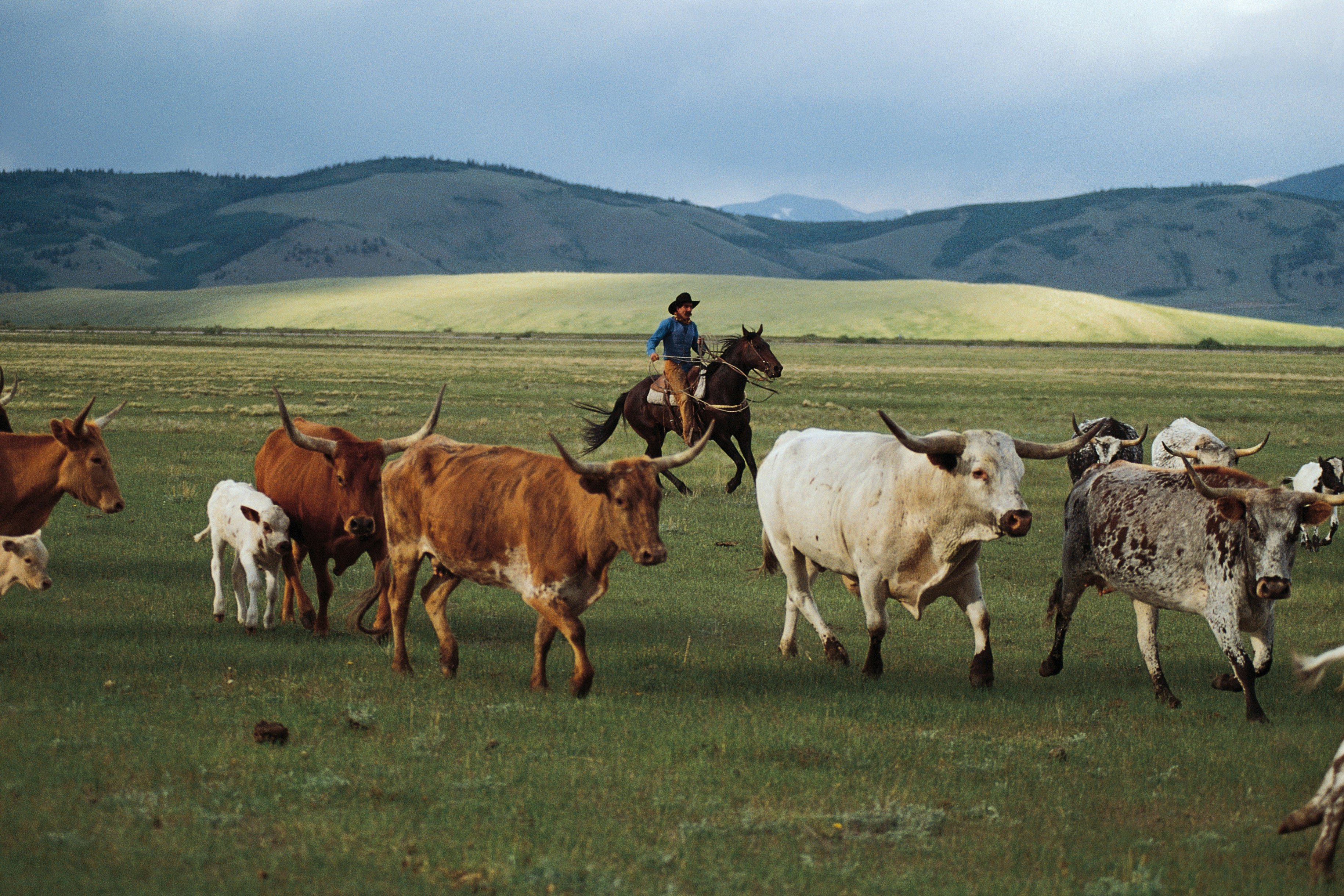
5. Western Colorado, USA
Best for a dude ranch experience
The thrill of donning chaps, mounting a Mustang and herding steers is an elemental dream for many. But like the themes and attitudes of those films and TV shows, ranching has evolved over the years. Today, many outfits host urbanites seeking to play out cowboy fantasies at “dude ranches” offering activities such as yoga, rafting, bird-watching, writing workshops and mountain biking, as well as the more usual riding, hunting, and fishing. Beat the high summer heat with a June vacation at one of Colorado’s innovative ranches, like C Lazy U Ranch, where you can get hands-on with the nitty-gritty of raising cattle and bison and learn how habitats are managed to protect biodiversity.

6. Trinidad
Best for spotting rare sea turtles
Though the leatherback is the planet’s heftiest turtle, weighing up to 700kg (1543lb), it’s defenseless against the egg collection and fisheries bycatch that have ravaged populations – as is now classed as officially “vulnerable.” This means that meeting this ancient creature is always special – and seeing dozens of females lumbering onto shore to lay hundreds of eggs is simply magical. During the peak nesting season (March-June), the beaches of Matura, Fishing Pond, and, particularly, Grande Riviere in northern Trinidad host up to 500 egg-laying females each night – and in June (when World Sea Turtle Day is celebrated on the 16th) the hatchlings start to emerge, scuttling down to the sea to start the cycle again. Make a turtle encounter the centerpiece of a trip to this southeast Caribbean island, where, even though the rainy season is beginning, you can also enjoy plenty of warm sunshine, lively nightlife and festivals, and often lower prices (less so in Grande Riviere). Bird-watchers are in paradise, too, with several hotspots for spotting rare species.

7. Gdańsk, Poland
Best for rich history
Perched in a sheltered spot on the Baltic at the mouth of the Vistula River, the city known as Gdańsk has attracted visitors – welcome and otherwise – for over 1000 years: Bohemians, Teutonic Knights, the Hanseatic League, and Prussians (later, Germans) who knew it as Danzig. They left a magnificent historic core, packed with Renaissance architecture lovingly restored after WWII devastation. Stroll the Royal Way to admire magnificent townhouses, city gates, and churches, and shop for some of the fine amber for which the city has long been famous. That gold-tinged jewelry isn’t the only thing that glints in warm June sunshine. The sandy beaches of Sopot, the leisure-focused part of the tri-city conurbation of Gdańsk, beckon from just a few kilometers to the north, together with a host of lively bars and nightclubs – still fairly calm before the densest crowds of high summer arrive.

8. Nicaragua
Best for surfing and seeing jungle wildlife
The start of the rainy season, from the middle of the year, may make beach lounging on Nicaragua’s Pacific coast a little less appealing – but it also augurs outstanding birdwatching and snorkeling. Visit in June, before the heaviest downpours set in, to delve into Reserva Biológica Indio Maíz: walk and kayak its emerald jungle to spot diverse avian species, including manakins, toucans, tanagers, trogons and, if you’re fortunate, scarlet macaws. Watch out for howler monkeys, sloths, colorful tree frogs and caiman. This is also the ideal time to fin through clear, warm waters off the laidback Corn Islands or Pearl Cays, swimming above beautiful coral reefs alongside reef and nurse sharks, eagle rays, and possibly hammerhead sharks.

9. Aveiro and Coimbra, Portugal
Best for a European city break
Portugal’s brightest minds have studied – and celebrated – in Coimbra for over seven centuries since its venerable hilltop university opened in 1290. By June, though, the youngsters have ebbed away, leaving the cobbled streets echoing with the soul-stirring tones of the city’s distinctive style of fado music. Once you’ve admired the magnificent Romanesque 12th-century Sé Velha (Old Cathedral) and climbed the 180 steps of the Torre da Universidade for city views, make the short hop north to Aveiro, the so-called “Venice of Portugal.” Glide along its canals aboard a colorful moliceiro (traditional seaweed-harvesting boat), stroll streets lined with elegant art nouveau villas, and absorb the action at the Mercado do Peixe (fish market) – around which, of course, you’ll find the freshest seafood. Then slip across to the sand and surf at Praia de São Jacinto or Praia da Costa Nova before visitors arrive in force in July.

10. Cape Cod, USA
Best for sun, sand, and seafood
If you’re fond of sand dunes and salty air, try New England’s favorite seaside destination. The flexed arm of Cape Cod is lined with beaches, cutesy towns, oysters, clams, and lobster rolls; no wonder millions flock here each year. Most, though, come in July and August – and after the long weekend around Memorial Day, the crowds thin, making June a delicious month to visit, with more chances of finding space on a beach.
Not that it’s too quiet: the month is peppered with events celebrating the arts (including Provincetown International Film Festival). Trace an arc around the Cape by car, pausing at the pretty harbors and heading out on a whale-watching cruise, or cycle the 25-mile (40.2km) Cape Cod Rail Trail between South Dennis and Wellfleet.

11. Sicily, Italy
Best for a food-focused trip
The largest Mediterranean island is – excuse the travel cliché – a true cultural crossroads: ancient Greeks and Arabs, medieval Normans, Spanish and English conquerors, colonizers, and visitors all left their marks here. This mixed heritage is evident in Sicily’s extraordinary historic sites: the ancient Hellenic and Roman monuments of Agrigento, Syracuse and Taormina; Palermo’s Norman palace and nearby cathedral at Monreale – all less crowded before the peak of July and August, yet delightfully warm for wandering. But the cultural mix also inflects the island’s distinctive cuisine. On a culinary circumnavigation, savor hints of North Africa in oranges and couscous. Devour tuna, anchovies, and sardines, and snack on arancini (filled, fried rice balls), cazzilli (potato croquettes) and pane e panelle (chickpea fritters). Look for teardrop-shaped caciocavallo and sheep’s-milk ricotta cheeses, the latter stuffed into pastry tubes for sweet cannoli. And sip excellent corvo, regaleali and sweet malvasia and Marsala wine.
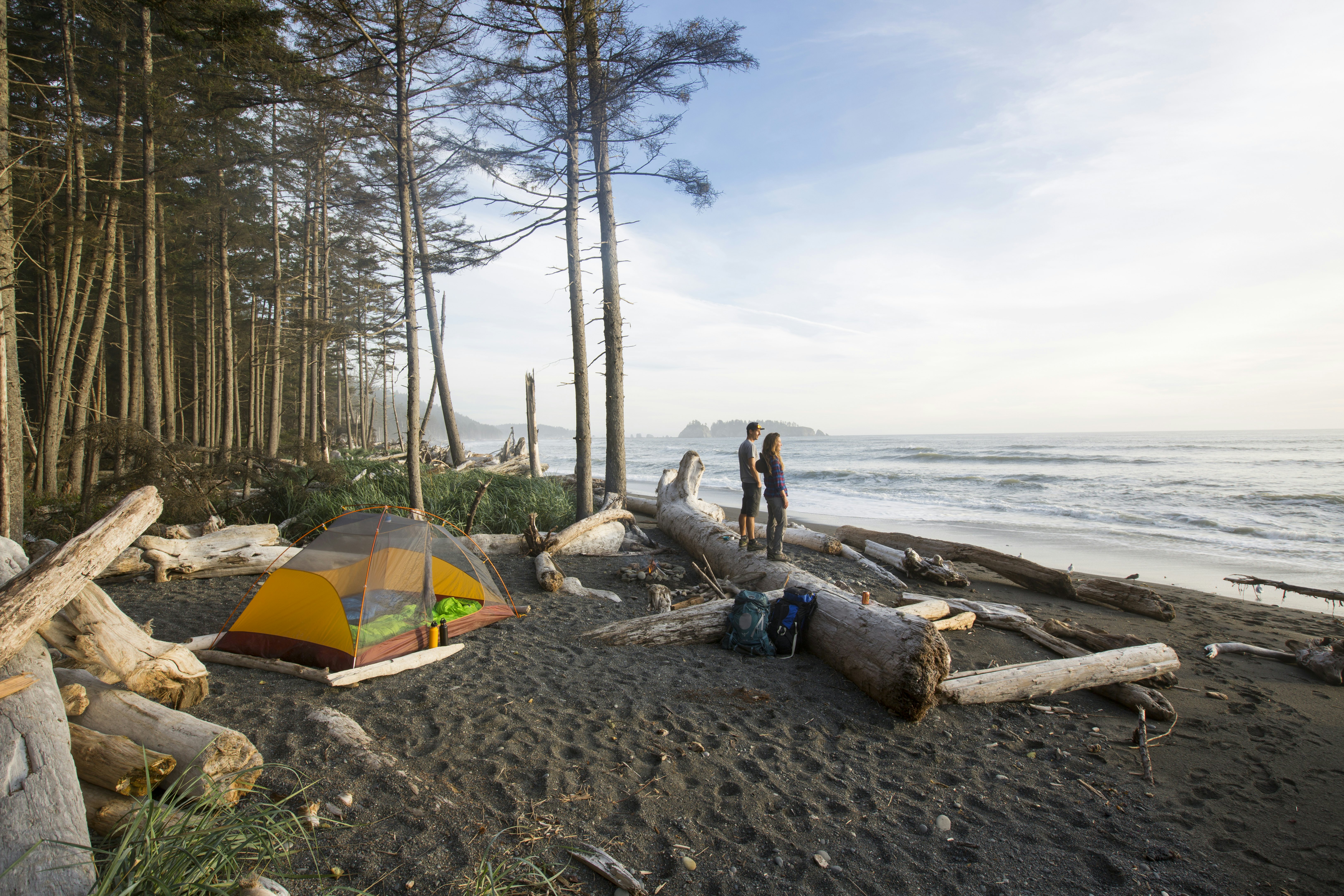
12. North Washington State, USA
Best for spotting killer whales
This month in Washington, the stars align: the sun shines more, the days are longer and warmer (around 22–25°C/72–77°F), and whale sightings soar, plus trails and accommodations are yet to get busy for peak summer. And some of those constellations shine from below: the bioluminescence that sparkles in the waters of the Salish Sea in summer months is one more reason to take to the waters around the San Juan Islands. Join a sea-kayaking tour for the best chances of paddling alongside orca foraging for salmon in these nutrient-rich waters, not to mention porpoises, seals, and bald eagles; minke and humpback whales swim here, too. Back on land, hikers are spoiled for choice among the old-growth temperate rainforest, ice-scoured peaks, and wild coast of Olympic National Park.







